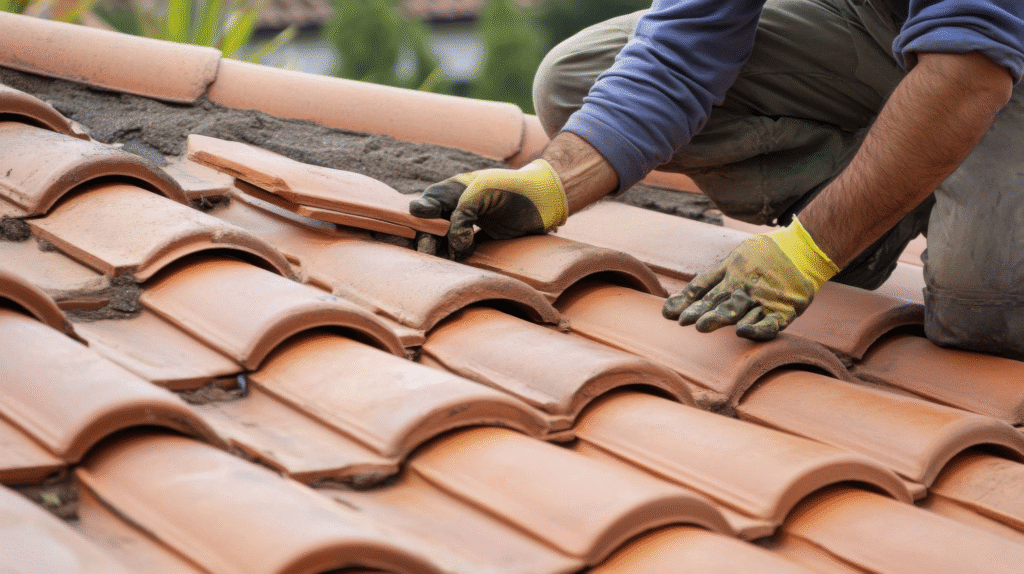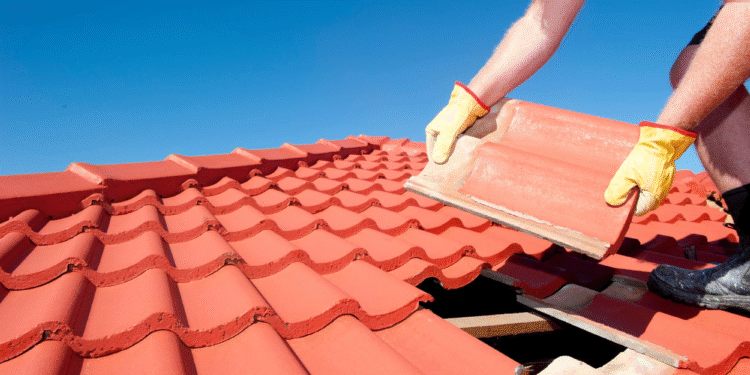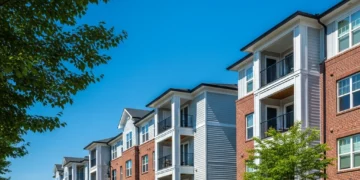The roof is one of the most essential parts of any home. It protects you from various weather elements and ensures the whole family’s comfort throughout the seasons, thanks to its thermal insulation features. However, you’ve noticed something’s amiss in one of your routine roof inspections. Or, for a while now, you may have been seeing (or feeling) signs that your roof is in dire need of help. Either way, these are issues you shouldn’t ignore as they’ll only worsen over time, compromising everyone’s safety in your home.
To repair or to replace? If you’re currently in this dilemma, the discussion below got you covered. For your peace of mind, we’ll tell you when it’s the best time to do some patching or a full-on upgrade.
When to Repair Is the Better Option
There are a couple of ways to tell if roof repair is the smarter choice.
Minor Leaks
You don’t want water to infiltrate your roofing system each time it rains as it can lead to significant and extensive structural damage, which can be expensive to repair. A small roof leak could already soak the joists, rafters, and wooden sheathing. Common causes include problems with the pipe boot and chimney leaks, among others. Act before the damage reaches the roof deck, your internal walls, and flooring.
Missing or Damaged Shingles
So, a recent weather disturbance dislodged a couple of your roof’s shingles. Have one of those Medford, Ma roofing experts or similar pros in your area patch them up right away. They know exactly how to repair these protective layers so as not to leave your home vulnerable to structural decay, pest infestation, and health hazards like mold.
Damaged Flashing
Flashing is what safeguards the most critical parts of your roof (valleys, vents, pipes, chimneys, etc.) from water intrusion. So, it’s a no-brainer to have it repaired if it’s already loose or corroded and if you don’t want to deal with severe water damage and structural problems later on. Check your home insurance coverage if it can shoulder this type of repair. The answer is usually yes for sudden roof damage or if it’s caused by an event that’s out of your control.
Sunlight Through the Attic
Have you been seeing sunlight peeking through your attic each morning? There’s a hole or two that need fixing. These entryways are a perfect opportunity for water and pests to get in your home. An experienced roofing company would know what to do in these cases.
Gutter and Downspout Granules
You should be alarmed if you’re seeing little pieces of asphalt shingles on your gutters and downspouts. This is a clear indication that your roofing system is starting to be stripped of its protective layers, exposing it to the harsh elements. Not to mention granule loss can cause clogging that causes poor roof drainage.

When Roof Replacement Is Ideal
There will come a time when roof repair won’t anymore be the best way to go. But how do you know getting a new roof is the ideal solution? Take note of these signs.
Buckling, Curling Shingles
If a huge area of your roof is suffering from buckling and curling shingles, don’t think twice about committing to a roof replacement. These issues expose the underlying asphalt to the elements, particularly harsh ultraviolet (UV) rays. This accelerates material degradation that can shorten your roof’s lifespan. It also leaves your home vulnerable to the wrath of water damage.
Extensive Water Damage
Multiple active roof leaks can cause significant water damage to your home, especially during severe storms. Not only your roof deck and framing can be affected. The destruction can extend to your insulation, electrical systems, walls, and flooring. Mildew and mold growth is a likely aftermath too. Extensive roof leaks may even cause the collapse of the soil your home’s foundation is built on. These are enough reasons for a replacement. Only work with trusted roofing contractors for best results.
Sagging Roofline
A roof that dips or droops is no laughing matter. It’s usually a sign that your home’s top covering is a ticking bomb that might collapse on you if you don’t decide on a full replacement quick enough. The trusses and rafters may have already succumbed to long-term water damage. Or the deck and beams may have been impacted by poor drainage and ventilation. Flawed construction or a heavy buildup of snow or multiple layers of shingles could be culprits as well.
Old Roof
Your roof’s age is a crucial determining factor whether or not your home is already due for roof replacement. And it usually depends on the roofing material as different types have varying lifespans.
- Slate roofing isn’t called “forever roof” for nothing; it can last from 75 to 200 years.
- Tile and metal roofing are dependable from 40 up to over 100 years.
- Asphalt, wood, and synthetic types can last you 15-50 years.
If your roof is nearing the end of its lifespan, it’s best to start planning for a full upgrade.
Higher Energy Bills
A compromised roofing system could be the reason for your skyrocketing energy bills. An extensively damaged roof can cause poor ventilation and insulation. This forces your heating, ventilation, and air conditioning (HVAC) systems to work harder than usual, which translates to higher energy consumption and, thus, utility costs. Remember that the more intact your roof is, the better the energy efficiency in your home.
Conclusion
Let these pointers guide you as you decide whether repairing or replacing a roof is the sounder option. Don’t wait for minor issues to worsen to irreparable problems before you decide to patch things up. And once you’ve observed signs of extensive structural damage, don’t second-guess and schedule a full roof replacement the soonest possible time.












